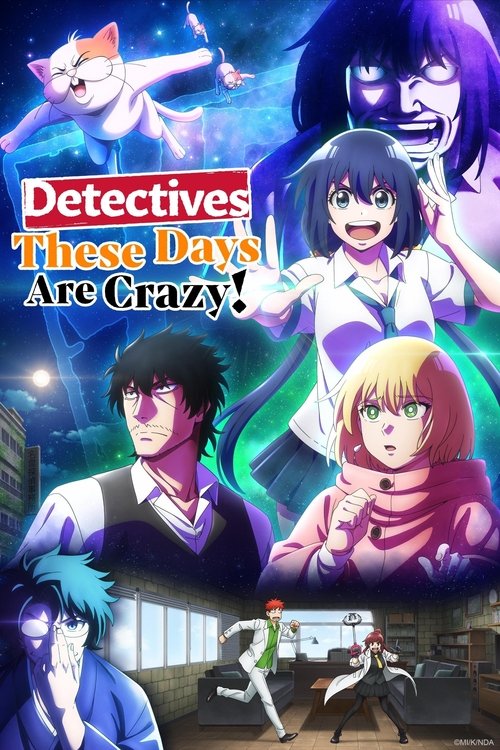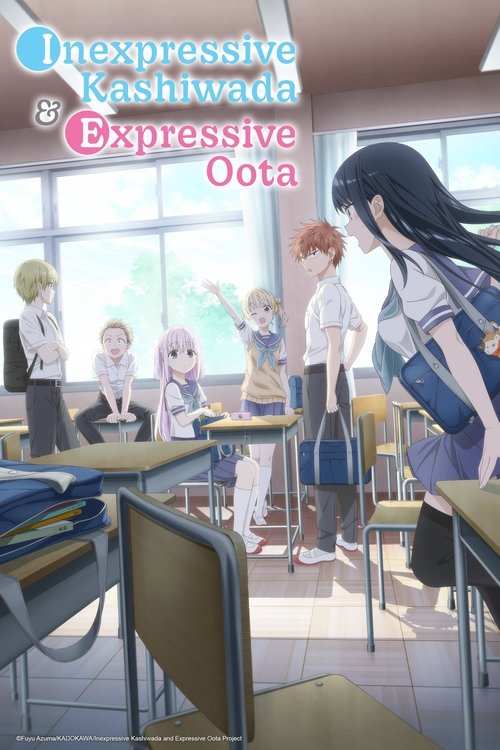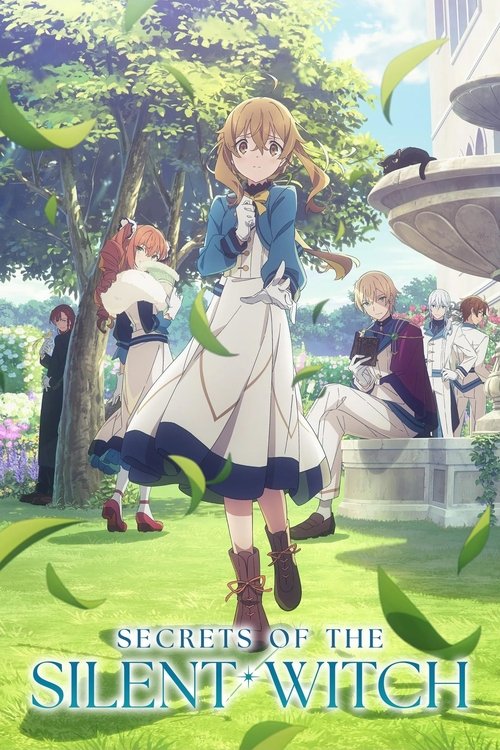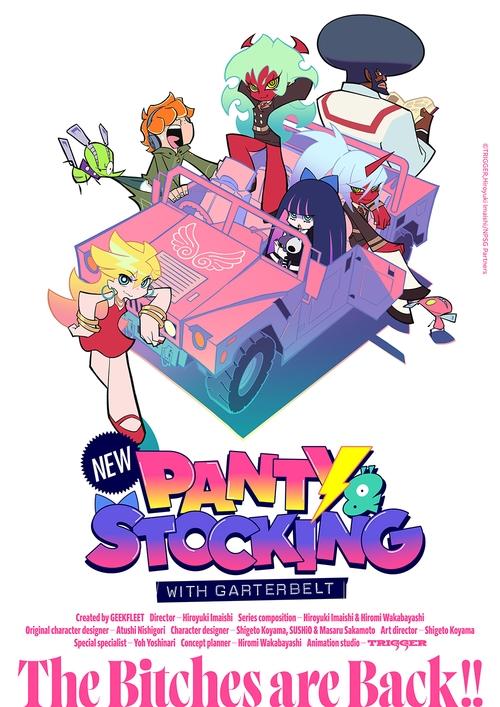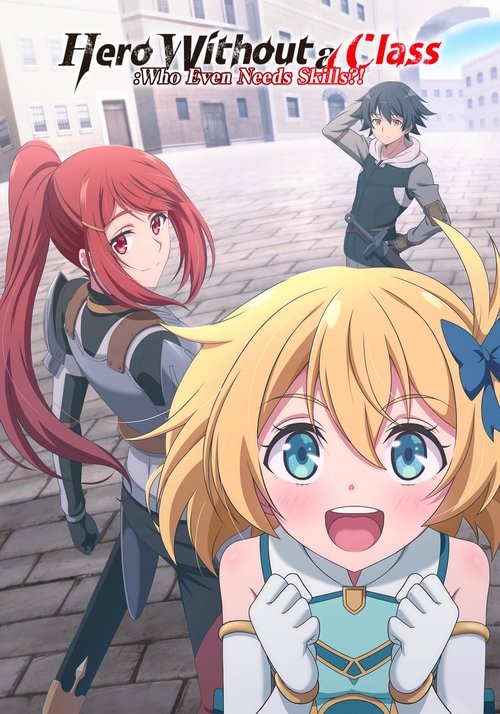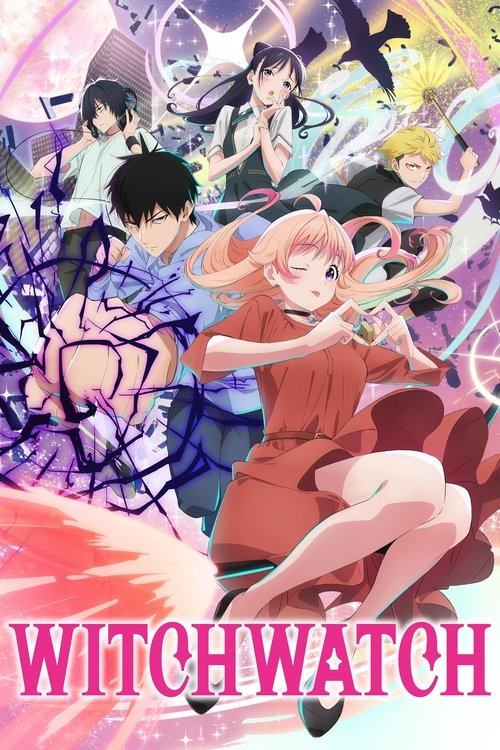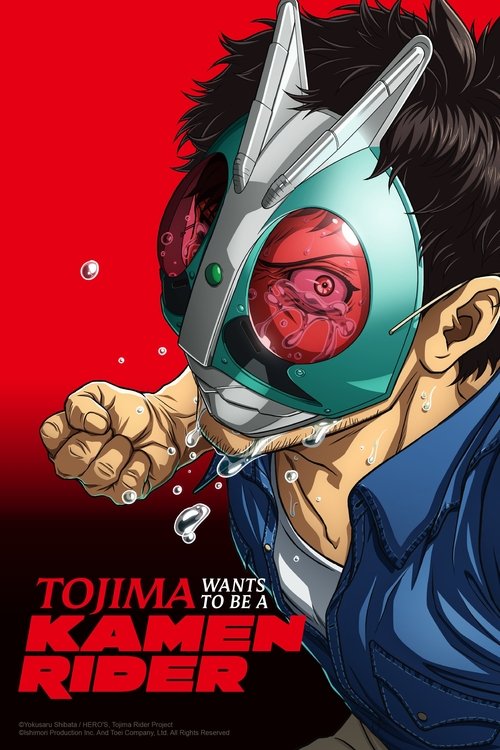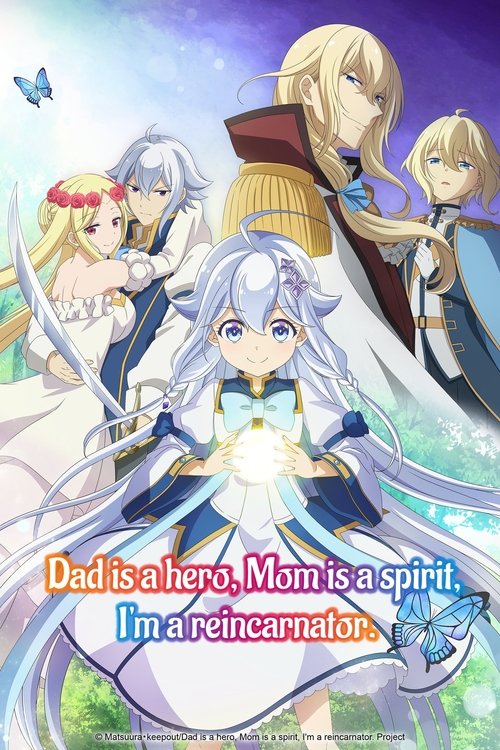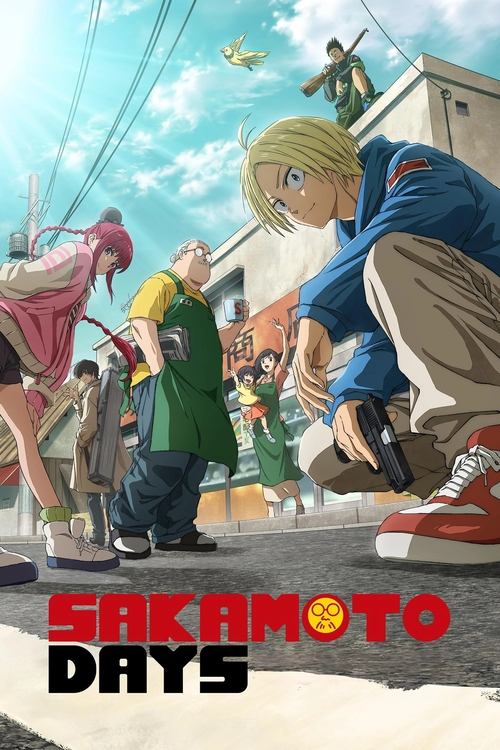
Ask Your Own Question
What is the plot?
The story begins with Keiichiro Nagumo, once a celebrated detective known for solving impossible cases, now a middle-aged man who has fallen behind the times and struggles with modern technology and physical ailments. His life is mundane until a high school girl named Mashiro arrives at the Nagumo Detective Agency, expressing her desire to become his assistant. Despite Nagumo's initial reluctance, Mashiro's energetic and eccentric personality quickly becomes apparent.
Nagumo takes Mashiro to a fancy bar called Tonto. There, the barkeep mentions that someone has been repeatedly spraying graffiti outside. Nagumo deduces that Veronica, a regular patron of the bar, is responsible for the graffiti. Mashiro, disturbed by the bar's atmosphere and the incident, swears never to return there.
An anonymous client contacts the Nagumo Detective Agency, sending a request with an advance payment. Nagumo, Mashiro, Asunaro, and both assistants gather at the agency to address the case. Suddenly, they find themselves locked inside a building where a mysterious figure calling himself "Mister X" challenges them to a quiz game. The team struggles with most of the questions, but Maki-chan and Mashiro combine their skills to locate the room where Mister X is hiding. Maki-chan then physically confronts and beats Mister X, ending the challenge.
In another sequence, Mashiro takes on a pest extermination case. She misunderstands the situation and goes overboard, using a homemade flamethrower to deal with the bugs, displaying her unpredictable and intense approach to detective work. This incident highlights her unconventional methods and the chaotic energy she brings to the agency.
Throughout these events, Nagumo's old-fashioned detective skills clash humorously with Mashiro's modern, wild antics. Their interactions reveal Nagumo's struggle to adapt to the present while Mashiro's enthusiasm and unique talents push the agency forward. The series continues with episodic cases, each showcasing the duo's dynamic and the blend of comedy, mystery, and slapstick violence that defines their adventures.
More TV Shows Like This
Browse All TV Shows →
What is the ending?
The ending of Detectives These Days Are Crazy! shows Nagumo and his team facing a financial crisis that threatens to shut down their detective agency. Through a series of desperate and comedic attempts--including Nagumo accidentally entering a TV obstacle course and a chaotic merchandise sale--they manage to keep the agency afloat. The series closes with the team back at their office, laughing and ready for new cases, signaling that despite the chaos, their detective work continues.
Expanding on the ending scene by scene:
The finale opens with a burst of chaotic energy, replacing the usual intro with the ending theme played upfront, accompanied by a fast-cut blooper reel showcasing the agency's past antics. This sets a tone of humor and unpredictability that has defined the series.
The core crisis is then revealed: the detective agency is broke, with rent overdue and the threat of closure looming. Nagumo and his crew must come up with a plan to save their livelihood.
Their first scheme is to participate in a TV obstacle course show, reminiscent of Ninja Warrior. Nagumo is signed up by accident, and Mashiro hides inside his clothes to help him navigate the course. The attempt is far from graceful, filled with slapstick falls and faceplants, highlighting their underdog status and the absurdity of their situation.
Next, they try "Merch Madness," a chaotic push to sell merchandise inspired by their cases and personalities, particularly Asunaro's influence. This effort is frantic and disorderly but shows the team's willingness to try anything to survive.
After these attempts, the story cuts to the agency's office, where the team is gathered. They are laughing and bickering as usual, a sign that their camaraderie remains strong despite the hardships. Nagumo quietly smiles, relieved that the agency is safe for now.
The final moments emphasize that the agency has survived numerous bizarre cases--from cockroach infestations to conmen, rope bridges to rogue maids--and that the chaos is far from over. The team is ready to face whatever new mysteries come their way, ending on a hopeful note.
Regarding the main characters' fates at the end:
- Nagumo Keeichirou, the aging genius detective, remains the agency's leader, still struggling but determined to keep the agency alive.
- Mashiro, the energetic high school girl who revitalizes Nagumo, continues to support and push the team forward.
- Asunaro and the rest of the crew remain active members, their bonds strengthened by the shared trials.
No character departs or suffers a definitive negative fate; instead, the ending reinforces their unity and ongoing commitment to detective work despite financial and personal challenges.
This finale encapsulates the series' blend of comedy, chaos, and heartfelt teamwork, leaving the door open for future adventures.
Is there a post-credit scene?
The TV show "Detectives These Days Are Crazy!" (2025) does not have a traditional post-credit scene. Instead, it features a high-energy creditless ending sequence that plays after episodes, as noted by Crunchyroll's coverage of the series. There is no mention in available sources of any additional post-credit scenes or after-credits content beyond this ending.
The ending sequence is notable for its dynamic presentation but does not extend into a separate scene that adds to the plot or teases future developments. Therefore, viewers should not expect a post-credit scene in the conventional sense for this series.
What is the significance of Mashiro's 'hammer space' ability in the story?
Mashiro's 'hammer space' ability, where she pulls various objects seemingly from nowhere (including daruma dolls and flamethrowers), serves as a comedic element and a practical tool in solving cases and fighting adversaries. It highlights her unpredictable and resourceful nature, adding slapstick humor and surprise to the narrative, especially in action scenes like her yakuza fight and bug extermination misunderstanding.
How does Nagumo's character evolve in relation to Mashiro throughout the series?
Nagumo Keiichiro starts as a depressed, chain-smoking, back-pain-ridden former genius detective who has lost his touch and clients. Mashiro's arrival as his assistant revitalizes him, as she proves useful in cases and injects energy and humor into his life. Their dynamic is central, with Nagumo often playing the straight man to Mashiro's antics, and their teamwork combining to solve mysteries despite Nagumo's initial reluctance and decline.
Who is 'Mister X' and what role does he play in the plot?
'Mister X' is an antagonist who traps Nagumo, Mashiro, and their team inside a building and challenges them to a quiz game. Despite failing most questions, Mashiro and Maki-chan combine their talents to locate Mister X's hiding place, after which Maki-chan physically confronts him. This event showcases the team's problem-solving and combat abilities under pressure.
What is the story behind Veronica and the graffiti incidents?
Veronica is a regular at the fancy bar Tonto, where Nagumo takes Mashiro. The barkeep reveals that someone has been repeatedly spraying graffiti outside the bar. Nagumo quickly deduces that Veronica is the culprit. This subplot adds a layer of character interaction and humor, and it leads Mashiro to swear never to return to that bar.
How are the cases structured in the series, and what is notable about their resolutions?
The series features multiple short cases per episode, each with a central mystery and stakes. However, the resolutions tend to be abrupt or blunt, often ending with comedic or action-packed punchlines rather than intricate detective work. For example, in one case, Mashiro simply beats up the real culprit offscreen. This structure emphasizes comedy and fast pacing over complex mystery-solving, aligning with the show's tone as a comedy rather than a traditional detective drama.
Is this family friendly?
The TV show Detectives These Days Are Crazy! (2025) is generally suitable for a teenage audience and older, rated TV-14 or 15 depending on the region. It contains mild sex and nudity, mild violence and gore, moderate profanity, and mild alcohol/drug use. There are no frightening or intense scenes reported, making it relatively light in terms of disturbing content.
Potentially objectionable or upsetting aspects for children or sensitive viewers include:
- Mild sexual references or brief nudity, but nothing explicit or prolonged.
- Mild violence and some gore, likely related to detective cases but not graphic or extreme.
- Moderate use of profanity, which may be unsuitable for younger children.
- Mild depiction of alcohol, drugs, or smoking.
- Some comedic or dramatic situations that might involve adult themes or emotional complexity, but no intense horror or trauma.
Overall, the show balances comedy, drama, and mystery with a light tone, making it more appropriate for teens and adults rather than young children or very sensitive viewers.

